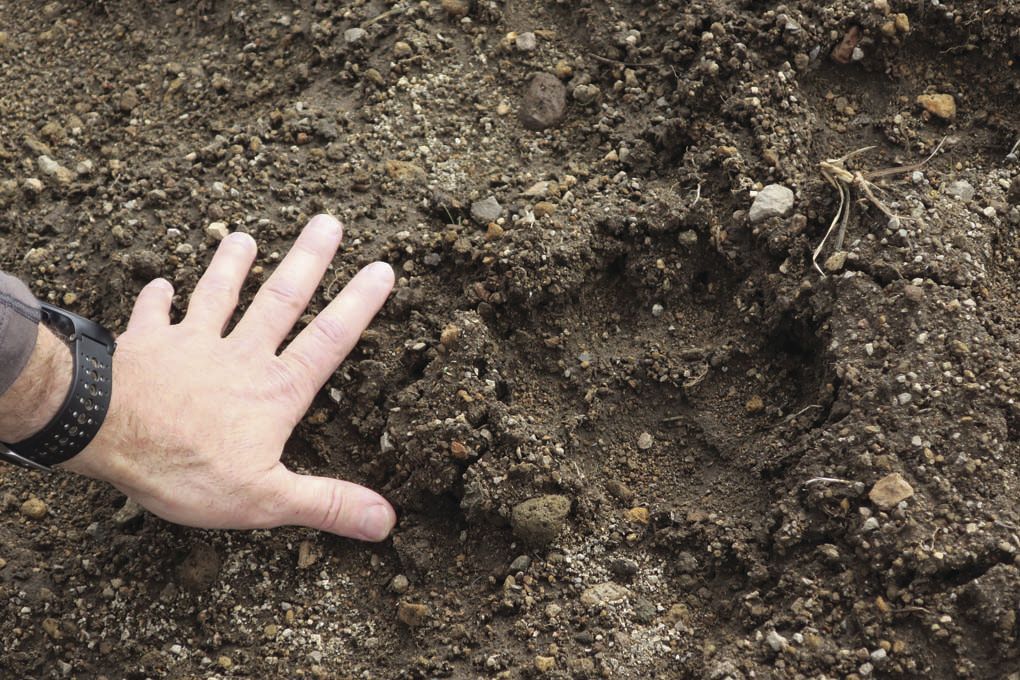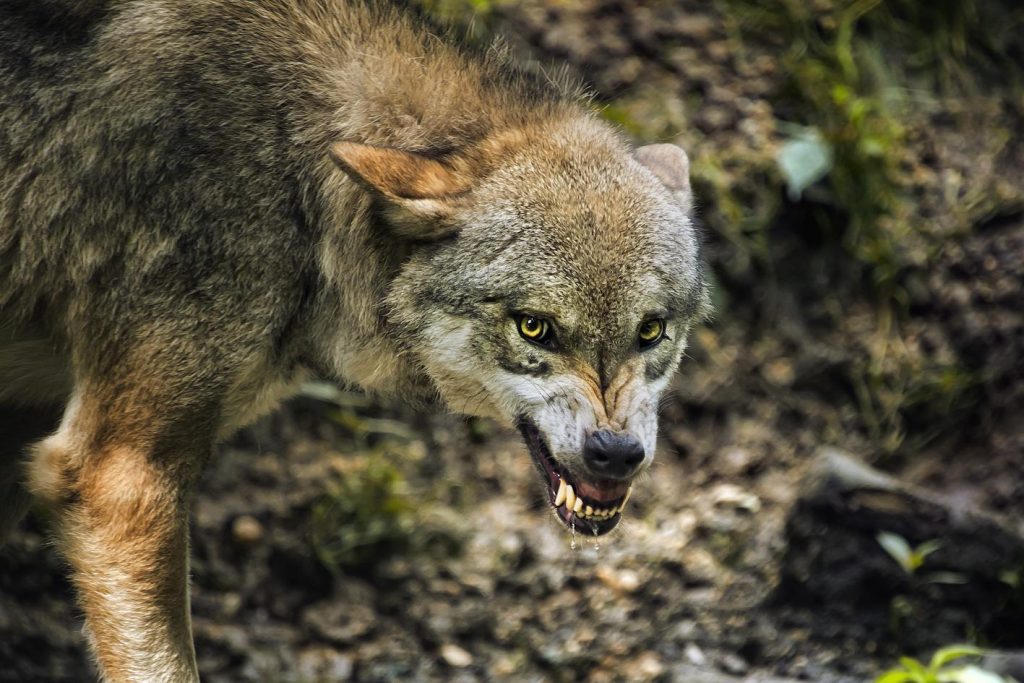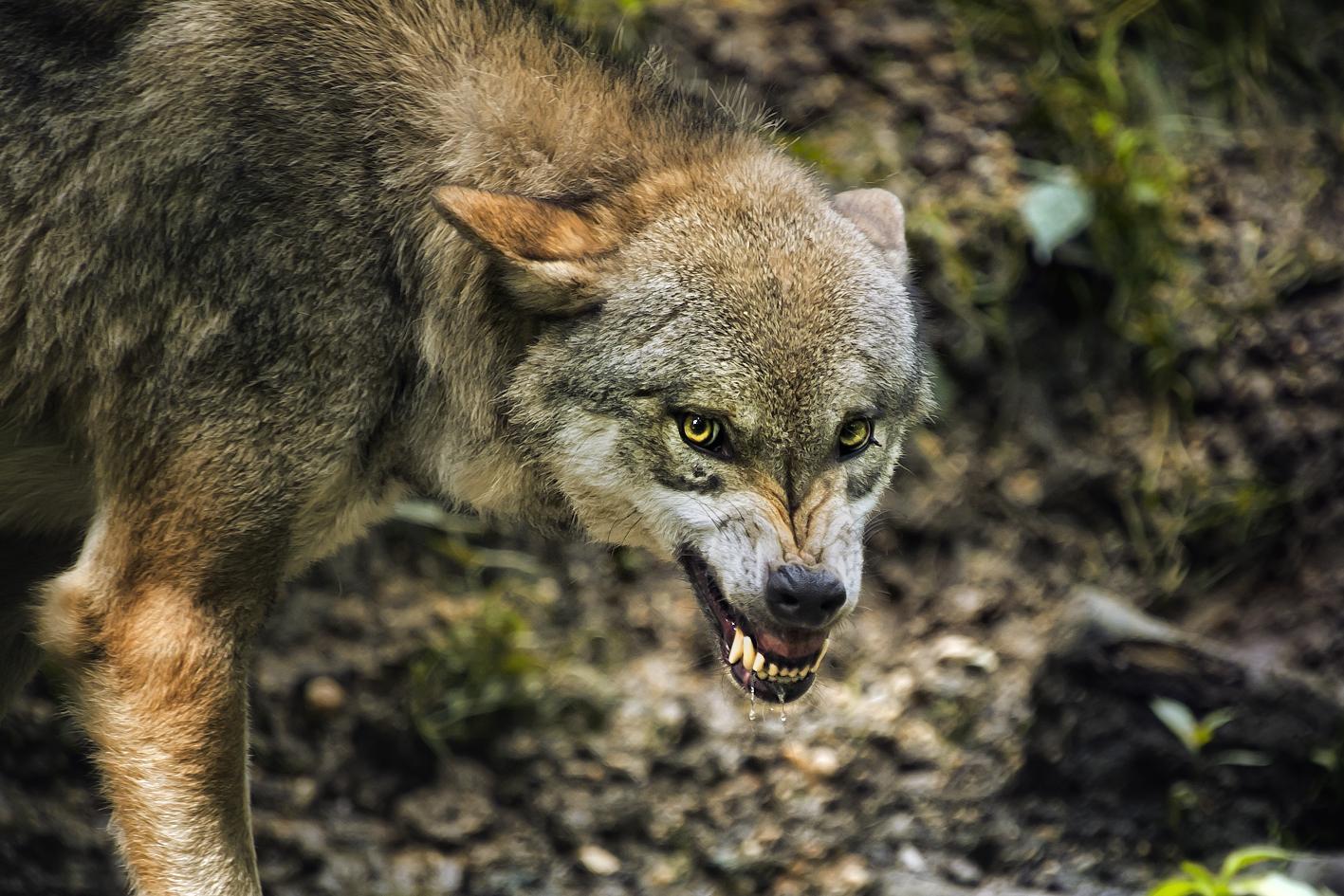‘If you had told me five years ago we would be dealing with these kinds of situations, I would have told you you’re nuts.’
— Tom Collom, ODFW biologist on rapidly increasing wolf numbers
Wildlife biologists concerned about cattle killings

FORT KLAMATH — Wildlife biologists regard the killing of four cattle in the Fort Klamath area as “unusual” and “disturbing,” but say there are no plans to enact lethal measures to wolves and believe the wolves pose no threats to humans.
“We don’t even want to talk about lethal measures,” said John Stephenson, a U.S. Fish and Wildlife Service wildlife biologist. “What we’re trying to do is stop it with non-lethal measures. When you have a flurry of incidents you don’t jump to lethal measures.”
He believes the Rogue Pack, which includes the wolf designated as OR-7, is responsible for four confirmed kills. But, none of the wolves in the pack, which includes OR-7’s mate and wolves born the past three years, have radio collars that help track their location.
“We’ve been looking to trap this pack for a while,” Stephenson said of efforts to capture and collar a Rogue Pack wolf, noting they’ve been seen in the Wood River Valley since 2014. “It would help us know when they’re down here.”
Winter pastures
Stephenson, who returned to the area Thursday to investigate the most recent incident, said the problem will be temporarily eased as the final cattle are trucked out of the valley to winter pastures, mostly in northern California, in coming weeks. Upward of 35,000 head of cattle are shipped to graze on Wood River Valley pastures each spring.
“We need to do something ASAP. Now we have to ratchet up the effort,” Stephenson said, noting he and Oregon Department of Fish and Wildlife biologists have several nights camped and built fires near remaining cattle to discourage wolves, a practice known as hazing.
Various non-lethal methods are being investigated. Strobe lights were set-up near the cattle, but the most recent wolf attack happened near the lights. He said placing red ribbons on fences near grazing areas are probably impractical because “these are big pastures.”
Along with the Rogue Pack, the Silver Lake Pack is known in nearby northern Lake County and there are wolves known as the “Keno Pair.” Individual wolves include OR-33,which is believed to have killed two goats on consecutive nights near Grizzly Peak east of Ashland. It was recently tracked near Roseburg. Another lone wolf, OR-25, is the wolf responsible for injuring three 550-pound calves on the Yamsi Ranch east of Chiloquin last fall.
“And there are some probably some we don’t know about,” Stephenson said.
Genetic studies
He and Elizabeth Willy, senior wildlife biologist with the Service’s Klamath Falls office, met with Bill Nicholson, owner of the Nicholson Ranch, where the killings have occurred, and Butch Wampler, who manages the cattle. They emphasized no wolves have been reintroduced to Oregon and said genetic studies show Oregon’s growing population originated from wolves from Idaho and Yellowstone National Park.
“Neither the state nor the feds are moving wolves anywhere in the state of Oregon,” agrees Tom Collom, a Klamath Falls F&WS biologist. He said DNA studies show OR-7s mate was from the Snake River Pack.
All three biologists said wolves pose no threat to humans, with Collom insisting, “I think it’s overplayed too much. Close encounters, those happen from time to time. The bigger issue is with livestock.”
One reported “close encounter” involved a rancher in the Swan Lake area northeast of Klamath Falls. While feeding livestock on an open pasture, he jumped off his tractor and saw a wolf, later identified as OR-33, standing a short distance away. “Spooked the heck out of him,” said Collom, who suggests “you always want to be aware of your surroundings.”
He praised ranchers, noting they are changing some practices, such as moving cattle to safer pastures and shipping them out of the valley earlier. “They’re adapting to this.”
Wolf deterrents
While hazing is the best deterrent, he said other ways to discourage wolves include disposing of animal carcasses and burying them at least 6-feet deep. In cases where wolf kills are suspected, he said ranchers should immediately cover animals with a tarp, call the local F&WS office, and not disturb the area so that biologists can check for tracks, scat and signs cattle might have been dragged.
“The sooner we can get to the scene the better chance we have to make a determination,” Collom said.”We treat the area like a crime scene.”
Because wolves west of Highway 395 are still listed as federally endangered, he said ranchers cannot shoot a wolf even if it is seen attacking livestock, something he knows frustrates ranchers.
“If you see them out there there’s nothing you can do,” Collom said.
While he believes shipping out cattle for the winter provides a reprieve, Collom, like Stephenson and Willy, say they need to develop a plan to eliminate wolf depredations for next year’s grazing season.
Collom believes wolves target Wood River Valley cattle, noting, “A wolf has to make a decision if he’s going to chase an elk around or go into a pasture.”
He expressed surprise the number of wolves has increased so quickly, admitting, “If you had told me five years ago we would be dealing with these kinds of situations, I would have told you you’re nuts.”
Lee Juillerat

*Free Range Report*



